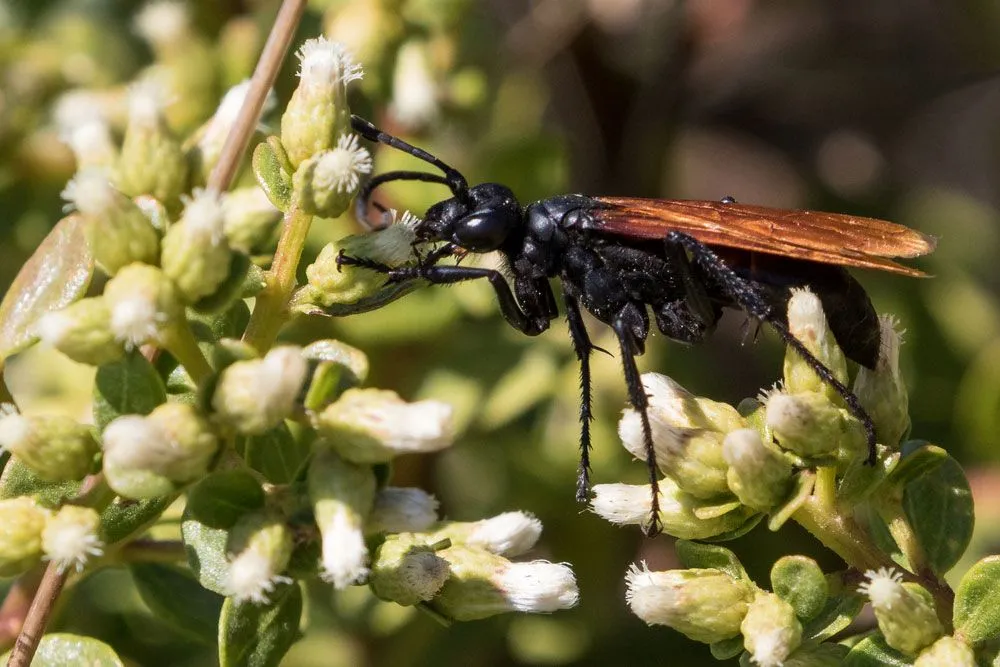Tarantula Hawk Care: Top 7 Tips for Beginners
Caring for a tarantula hawk can be a rewarding experience, offering a unique glimpse into the fascinating world of insects. These striking wasps, known for their powerful sting and dramatic life cycle, require specific care to thrive in captivity. This guide provides seven essential tips for beginners, ensuring you can provide the best possible environment and care for your tarantula hawk. From understanding their natural habitat to mastering feeding techniques, these tips will set you on the path to successfully keeping and observing these amazing creatures. Proper care not only ensures the well-being of the insect but also allows you to appreciate the intricate details of its behavior and biology.
Understanding the Tarantula Hawk
Before diving into care specifics, it’s crucial to understand the tarantula hawk itself. These wasps are solitary insects, primarily found in arid regions. The females are known for their incredibly painful sting, used to paralyze tarantulas, which then serve as hosts for their larvae. The males are less aggressive, focusing on nectar consumption. Understanding their natural environment and life cycle is the foundation for providing appropriate care. Learning about their specific needs in terms of temperature, humidity, and diet will help you create a thriving habitat, mirroring their natural surroundings as closely as possible.
Tarantula Hawk Habitat
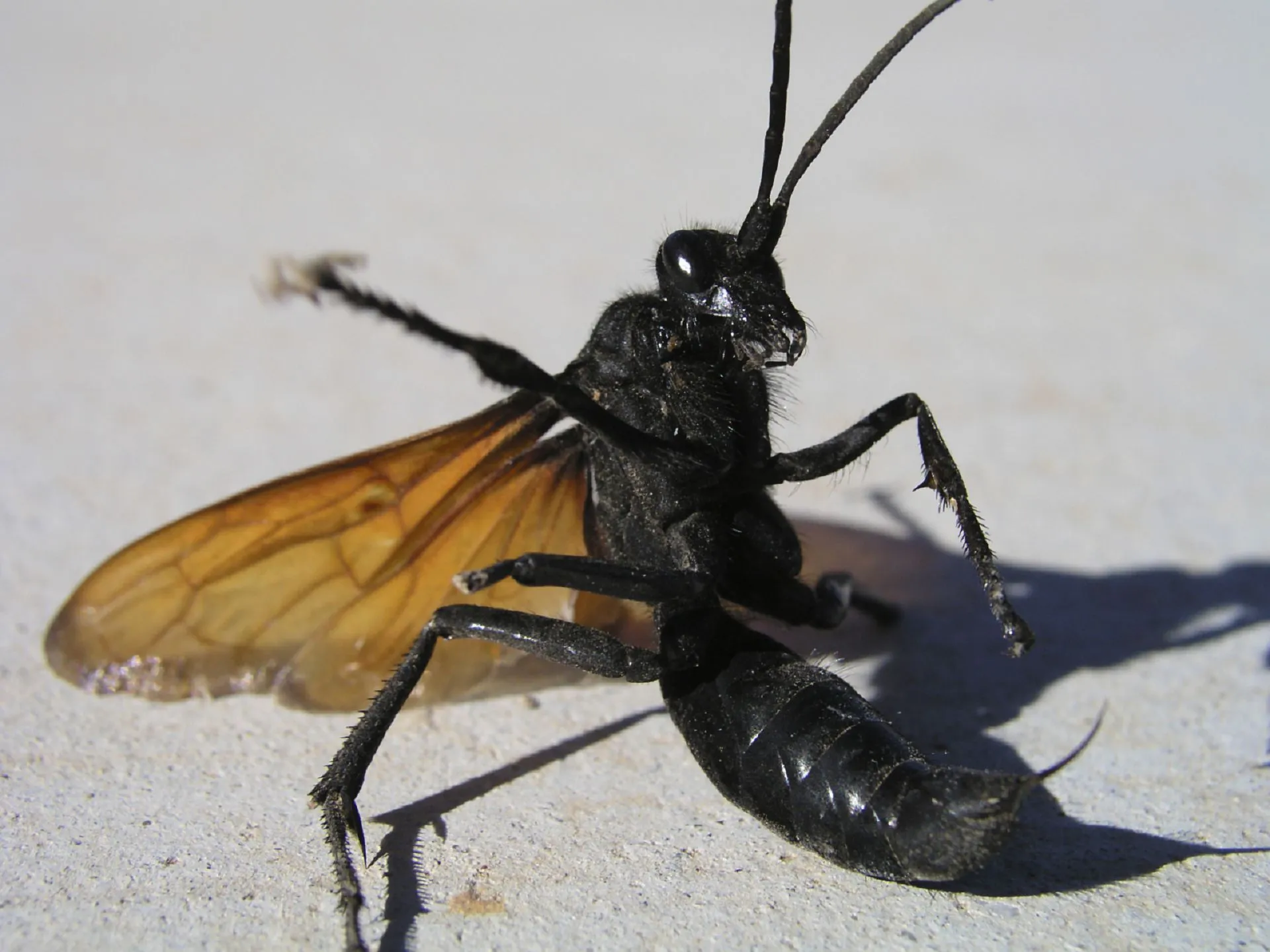
Creating a suitable habitat is paramount to the well-being of your tarantula hawk. The enclosure should replicate their natural environment as much as possible, promoting their health and reducing stress. This involves selecting the correct enclosure type, choosing appropriate substrate, and carefully regulating temperature and humidity. Careful attention to these environmental factors will play a critical role in their overall health and longevity. Providing the right conditions will allow you to observe these fascinating creatures in a setting that is both safe and conducive to their natural behaviors.
Choosing the Right Enclosure
Select an enclosure that is appropriately sized and well-ventilated. A glass or acrylic terrarium with a secure lid is ideal. The size of the enclosure should be proportional to the size of the wasp, offering enough space for movement without making it difficult to find food or water. Ensure the enclosure provides adequate ventilation to prevent the buildup of excess humidity, which could lead to mold growth and other issues. The materials used should be durable and easy to clean, maintaining a sanitary environment for your tarantula hawk.
Substrate Selection
The substrate should mimic the natural environment of the tarantula hawk, which often includes sandy or loamy soil. Options include a mixture of play sand and potting soil, ensuring that it is free of pesticides and other harmful chemicals. A substrate that holds some moisture is beneficial, as it helps to maintain the proper humidity levels within the enclosure. The substrate also serves as a place for the tarantula hawk to burrow, which is a natural behavior and crucial for their well-being. Change the substrate regularly to prevent the buildup of waste and bacteria.
Temperature and Humidity Control
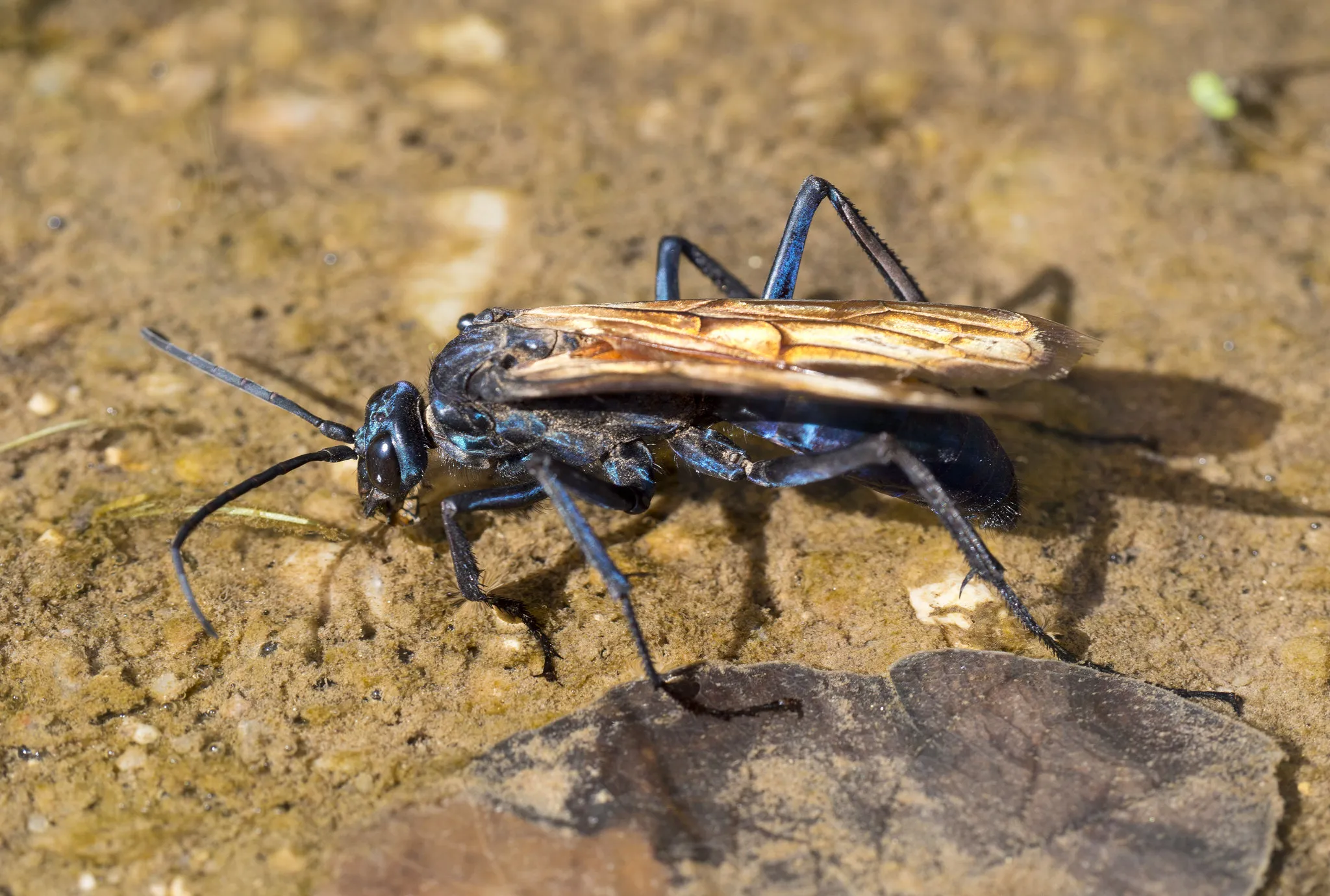
Tarantula hawks thrive in warm, dry conditions. Maintain a temperature range between 80-90°F (27-32°C) during the day, with a slight drop at night. Use a heat lamp or under-tank heater, if needed, to regulate the temperature. Humidity levels should be kept low, around 30-40%. Use a hygrometer to monitor humidity, and provide proper ventilation to avoid excessively humid conditions. Consistent temperature and humidity control is critical to preventing health issues, mimicking the wasp’s natural habitat, and promoting optimal behavior.
Providing a Safe Environment
Ensure the enclosure is free from potential hazards. Avoid using sharp objects or anything that could harm the wasp. The enclosure should be placed in a location away from direct sunlight and drafts. Regular cleaning and maintenance are essential to prevent the buildup of waste and bacteria. Inspect the enclosure daily to ensure everything is in good order and that the wasp is behaving normally. The safety of the environment is crucial for both the health and the well-being of your tarantula hawk.
Feeding Your Tarantula Hawk
The diet of a tarantula hawk consists primarily of nectar and, occasionally, small insects. Proper feeding habits are critical to their health and lifespan. Providing a balanced diet with the right frequency ensures your tarantula hawk gets the nutrients it needs to thrive. Avoid offering anything that could be toxic or difficult to digest. Proper food will keep your insect well-fed, healthy and active.
Dietary Needs of Tarantula Hawks
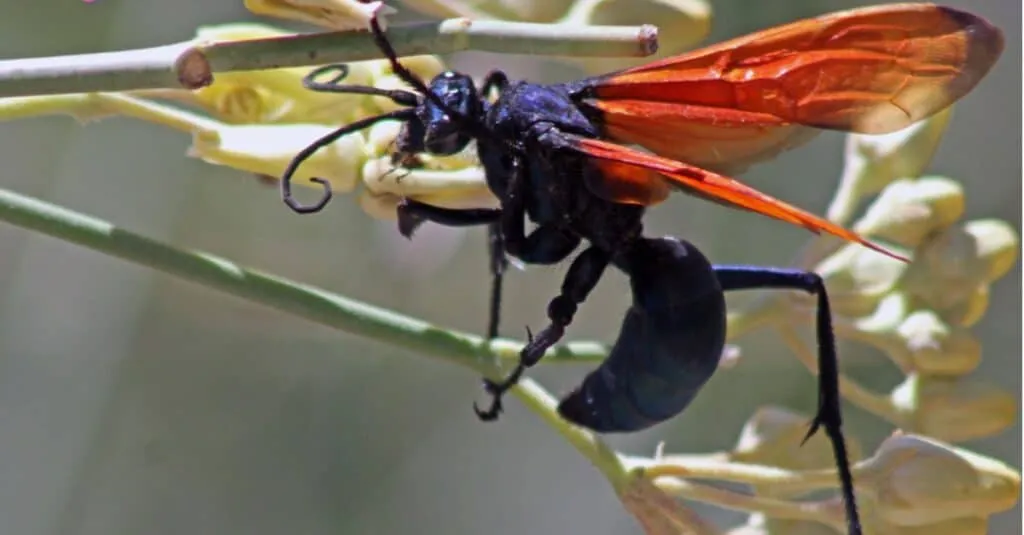
In captivity, tarantula hawks can be fed a solution of honey and water, which mimics nectar. Use high-quality honey, diluted with clean water. Some keepers also offer small insects, such as fruit flies or small mealworms, as a supplemental food source, though nectar should be the primary part of their diet. Always ensure the food is fresh and offered in a clean container. Changing food often is vital to avoiding any type of contamination or mold growth.
Feeding Frequency
Feed your tarantula hawk every 1-2 days, depending on its activity level and the size of the wasp. Provide a small amount of honey water and monitor to ensure it is consumed. Remove any uneaten food to prevent mold or bacterial growth. Observe the wasp’s feeding behavior to gauge its needs. Adjust the frequency as needed to accommodate its diet and activity, ensuring optimal nutrition.
Watering Your Tarantula Hawk
Water is essential for all living creatures, including tarantula hawks. Provide a shallow dish of fresh water in the enclosure. Use a small, stable dish to prevent accidental spills. Water should be available at all times. Changing the water frequently is essential to keep it fresh and clean, preventing the growth of bacteria and ensuring your wasp has access to safe hydration.
Handling Your Tarantula Hawk
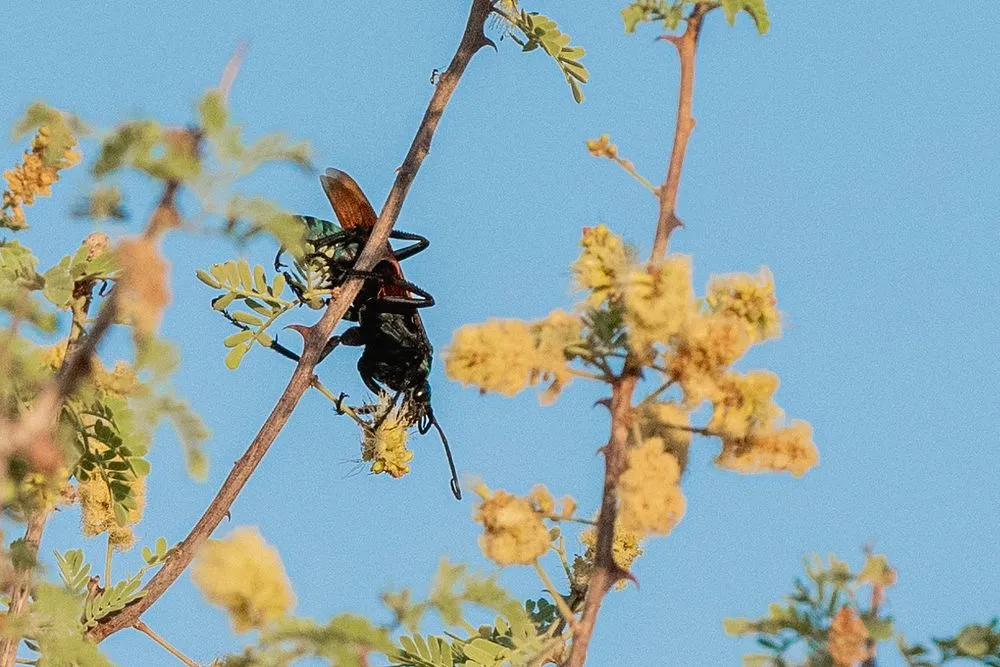
Handling tarantula hawks is generally not recommended due to their potent sting. If handling is necessary, use extreme caution. The sting is known to be extremely painful. Focus on observation and providing a safe habitat, avoiding direct contact. If you must handle it, do so with the proper protective gear and extreme care.
Safety Precautions
If handling is required, wear thick gloves and protective clothing to minimize the risk of being stung. Be aware of the wasp’s behavior and avoid sudden movements. Keep a safe distance from the wasp and avoid any actions that could startle or agitate it. If you are stung, seek immediate medical attention, as the sting is extremely painful and can cause an intense reaction.
Observing Behavior
Focus your attention on observing the wasp’s behavior within its habitat. This can be a safer and equally rewarding way to interact with your tarantula hawk. Watch for natural behaviors, such as foraging, burrowing, and exploring its environment. This provides insight into the insect’s health and needs, which allows you to maintain a stress-free environment.
Health and Wellness
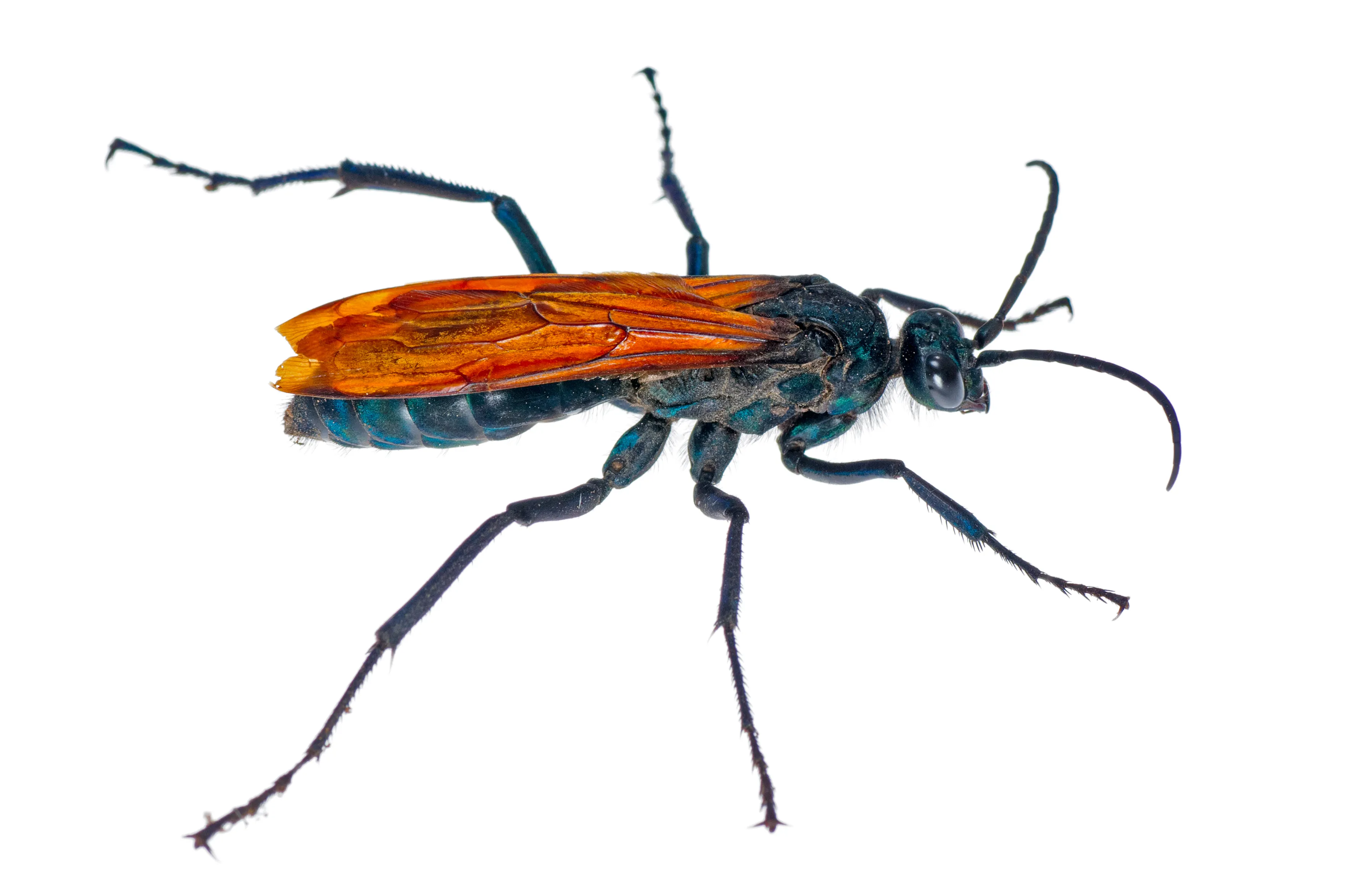
Maintaining the health of your tarantula hawk involves recognizing potential health issues, taking preventive measures, and responding quickly to any signs of illness. Regular observation and monitoring are vital to ensure your tarantula hawk thrives. A healthy environment, appropriate diet, and attention to potential risks are key.
Identifying Common Health Issues
Be vigilant in monitoring for signs of illness. Look for lethargy, loss of appetite, or unusual behavior. Check for any abnormalities on the body or wings. Inspect the enclosure for mold, which could indicate a health risk. Seek advice from an expert if you notice any concerning symptoms. Addressing any health issues swiftly is essential to preserving your wasp.
Preventive Measures
Preventative measures are critical. Maintaining proper hygiene in the enclosure is key, including regular cleaning and substrate changes. Ensure the diet is varied and nutritious, and provide clean water. Avoid overcrowding and ensure the enclosure provides optimal temperature and humidity levels. Preventative measures will help prevent common issues and promote long-term health. Create a stable and healthy environment to minimize the risk of illness or stress.
Breeding Tarantula Hawks
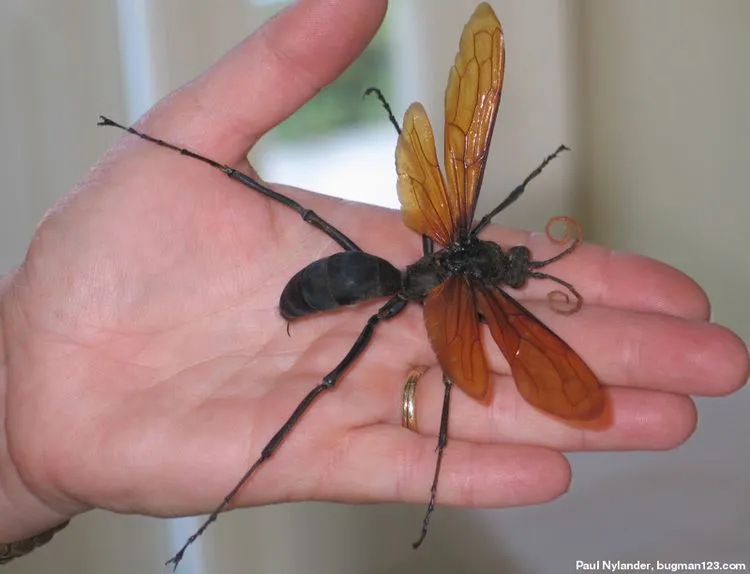
Breeding tarantula hawks in captivity is a challenging but fascinating aspect of their care. Breeding these wasps requires considerable expertise. The process involves creating the right conditions and understanding their complex life cycle. This process offers an opportunity to observe the full life cycle of these fascinating insects.
The Breeding Process
The process begins with providing an environment conducive to mating. This may involve careful manipulation of temperature, humidity, and lighting. Providing a suitable host, such as a tarantula, is a crucial step in the breeding process. Observe their interaction, and be prepared for potential complications. Successful breeding in captivity is rare and requires dedicated research.
Caring for Eggs and Larvae
If breeding is successful, the next step is caring for the eggs and larvae. This requires providing a stable and safe environment. Monitoring the eggs and larvae involves careful observation, as well as maintenance of the appropriate temperature and humidity levels. Consult with experienced breeders for guidance. The larvae develop into adult wasps and will eventually start the cycle again.
Conclusion
Caring for a tarantula hawk requires dedication, research, and a deep appreciation for these unique insects. By following the tips outlined in this guide, you can create a healthy and enriching environment for your tarantula hawk, allowing you to observe its fascinating behavior. Remember to prioritize safety, provide a suitable habitat, and continually expand your knowledge to ensure the well-being of your wasp. With proper care and attention, you can enjoy the rewarding experience of keeping these amazing creatures.
